Covering an area of 7,200 square meters and rising to a height of five stories, with a massive central tower, the Presidential Building dominates the scene in downtown Taipei. Although neither the tallest or most beautiful building in the city, it houses the top leaders, and all the most important celebrations, including those at New Year and for the Double 10 National Day, are held in the plaza in front of it.
At the time of its construction in 1919, it was easily the most impressive building in Taipei. Built mainly of concrete, its exterior is faced with red brick.
Besides the Presidential and Vicepresidential Offices, the Presidential Building houses 300 offices, and 2,000 people report there for work each day.
The front doors open on to a large lobby and the left and right wings branch off to either side. In the hall straight ahead is a bust of the late President Chiang Kai-shek. Behind, the hall forks to either side. At the top of two flights of red-carpeted stairs is the third floor where the President's Office, meeting rooms, and the Chiehshou Hall are to be found.
A cream-colored carpet, warm lighting, a plain desk, a sofa, and some scrolls comprise the main furnishings in President Chiang Ching-kuo's office. On the wall directly opposite his desk are mementoes of the late President, and a piece of his calligraphy. Behind the desk on a shelf, and the first thing that catches a visitor's eye, is a piece of marble which has been inscribed by mother nature with the character for "patience". All of this expresses the character of the man who works here.
Most people are more familiar with the reception room next door, where the President usually receives visitors. Its red carpet and yellow chairs have often appeared on television.
The Chiehshou Hall, with a capacity of 300 people, is used for memorial ceremonies and state occasions. Last year the President of Costa Rica, Rodrigo Carazo Odio, was received in the hall (Sinorama, Nov. 1981).
The Vice-president's Office, currently occupied by Shieh Tung-min, is decorated with two large maps of China and a piece of sculpture by Yang Ying-feng placed on a tea table.
On the Jan. 1, and again during the month of October, the Presidential Building becomes a setting for rejoicing. The exterior is covered in beautiful decorations and highlighted with colorful neon lights which attract people from far and near.
From the top of the 60-meter central tower Taipei's busy streets can be viewed in panorama, and at night, the lights from buildings, cars, and streets provide illumination. This impressive sight enables one to understand the real meaning of "forging ahead through austerity" and "building the nation through industriousness".
[Picture Caption]
1. The steps, arches, and pillars are all characteristic of "Renaissance" architecture. 2. The central tower seen from beneath some first floor steps. 3. The plants in this hall are changed every two weeks to keep them looking fresh and alive. 4. The entrance hall is 16.5 meters high. 5. A guard in front of the Presidential Building.
1. The ceiling of the entrance hall. 2. Changing of the guards. 3. The main tower seen from the main entrance. 4. A bust of Sun Yat-sen is set in the niche at the top of the stairs.
1,2: Important government meetings are held in the Chiehshou Hall. 3,4: Soft lighting gives the halls a peaceful air. 5. The lighting in the Chiehshou Hall has been specially designed to prevent eye fatigue.
1. President Chiang Ching-kuo in one of the reception rooms reading the newspaper. 2. The President works in this simple, austere office. 3. The late President Chiang Kai-shek presented Chiang Ching-kuo with the calligraphy in the center. 4. The President's office. 5. One of the many gifts the President has received from the people.
1. A waiting room adorned with paintings by two famous Chinese artists. 2. The large reception room. 3. The calligraphy hung by the doors was presented to Chiang Kai-shek by Sun Yat-sen. They are a national treasure. 4. The President receiving representatives of commerce and industry. 5. 22 people can sit in this small reception room. 6. The President with a guest in the small reception room.
1. The Vice-president's office. 2. Vice-president Shieh Tung-min with guests. 3. This vase was a gift from a Korean friend. 4. The Vicepresidential reception room.
Top: Flag raising festivities at New Year. Bottom: The Presidential Building at dusk.

The Presidential Building, a Symbol for the Nation.
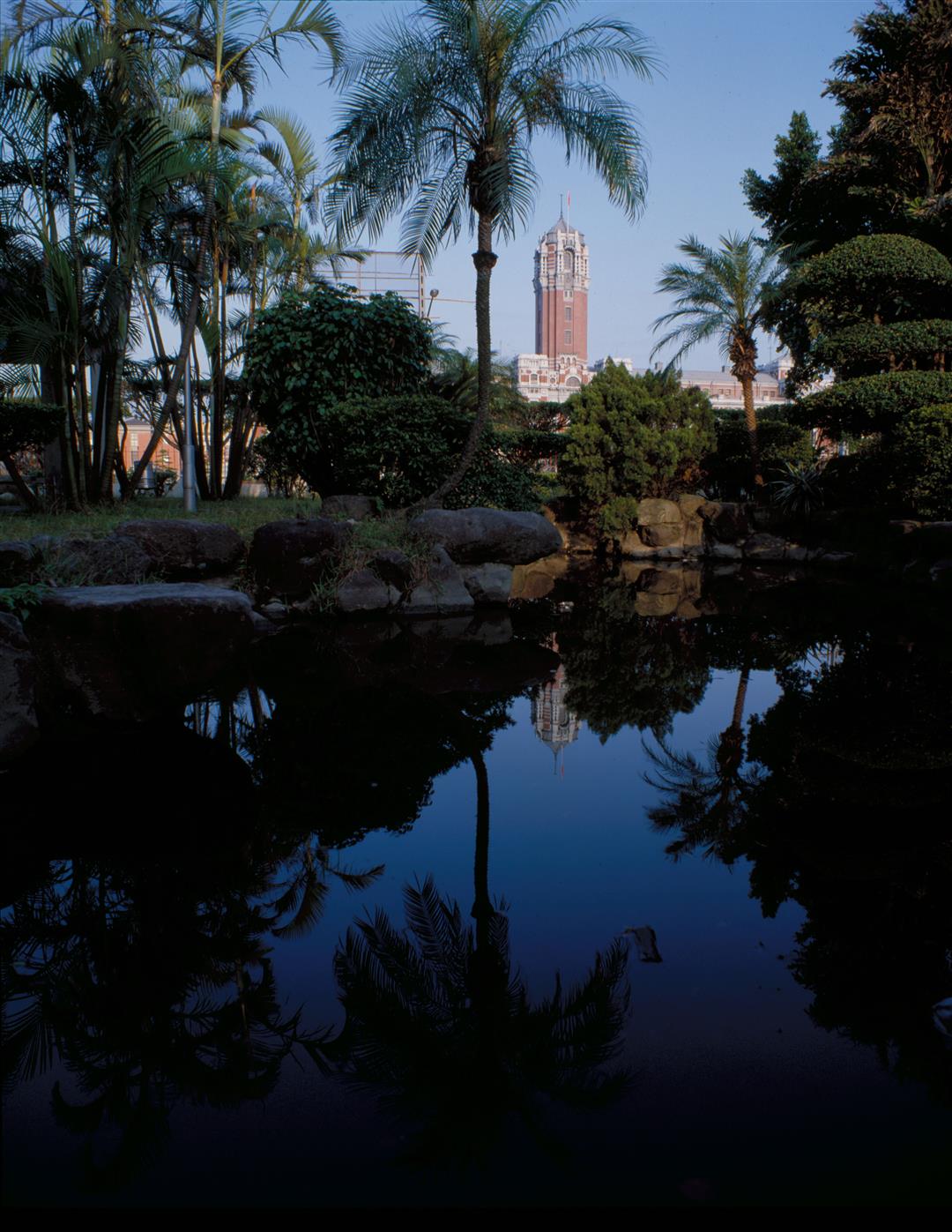
The Presidential Building, a Symbol for the Nation.
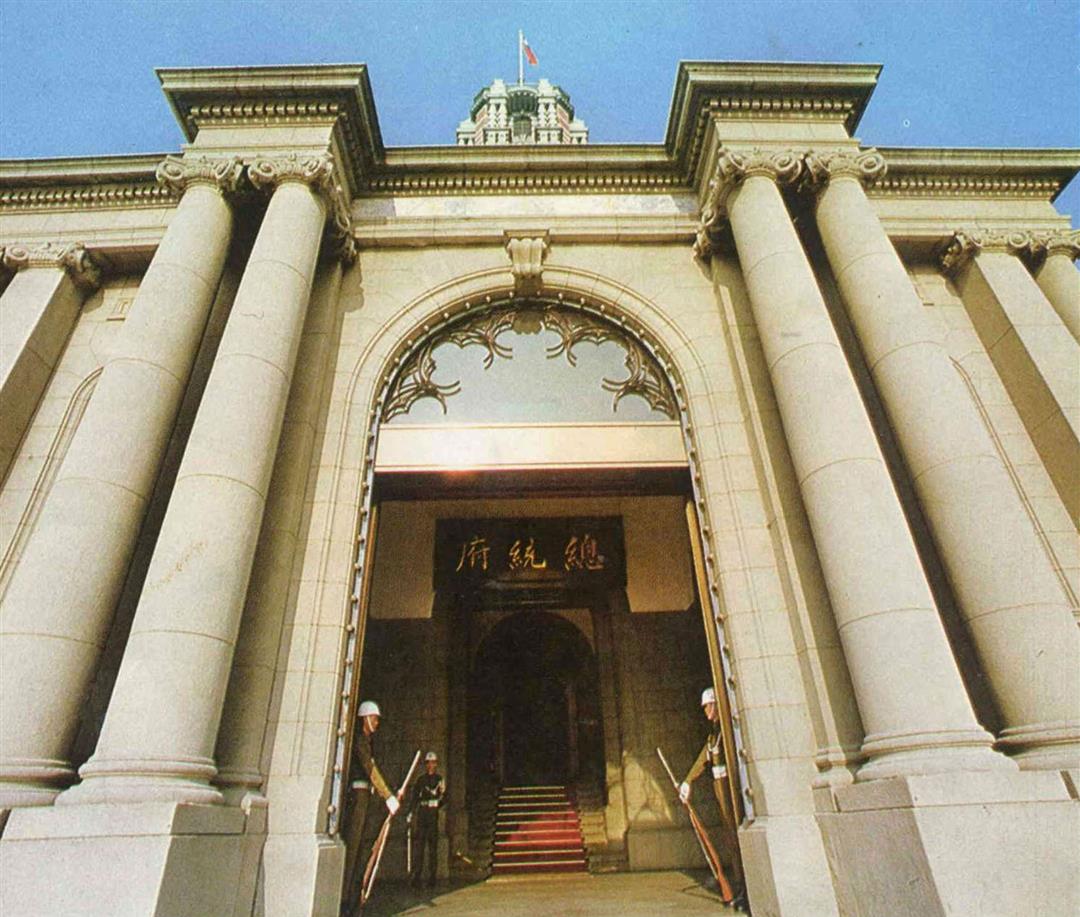
The Presidential Building, a Symbol for the Nation.

The steps, arches, and pillars are all characteristic of "Renaissance" architecture.

The central tower seen from beneath some first floor steps.

The plants in this hall are changed every two weeks to keep them looking fresh and alive.

The entrance hall is 16.5 meters high.

A guard in front of the Presidential Building.
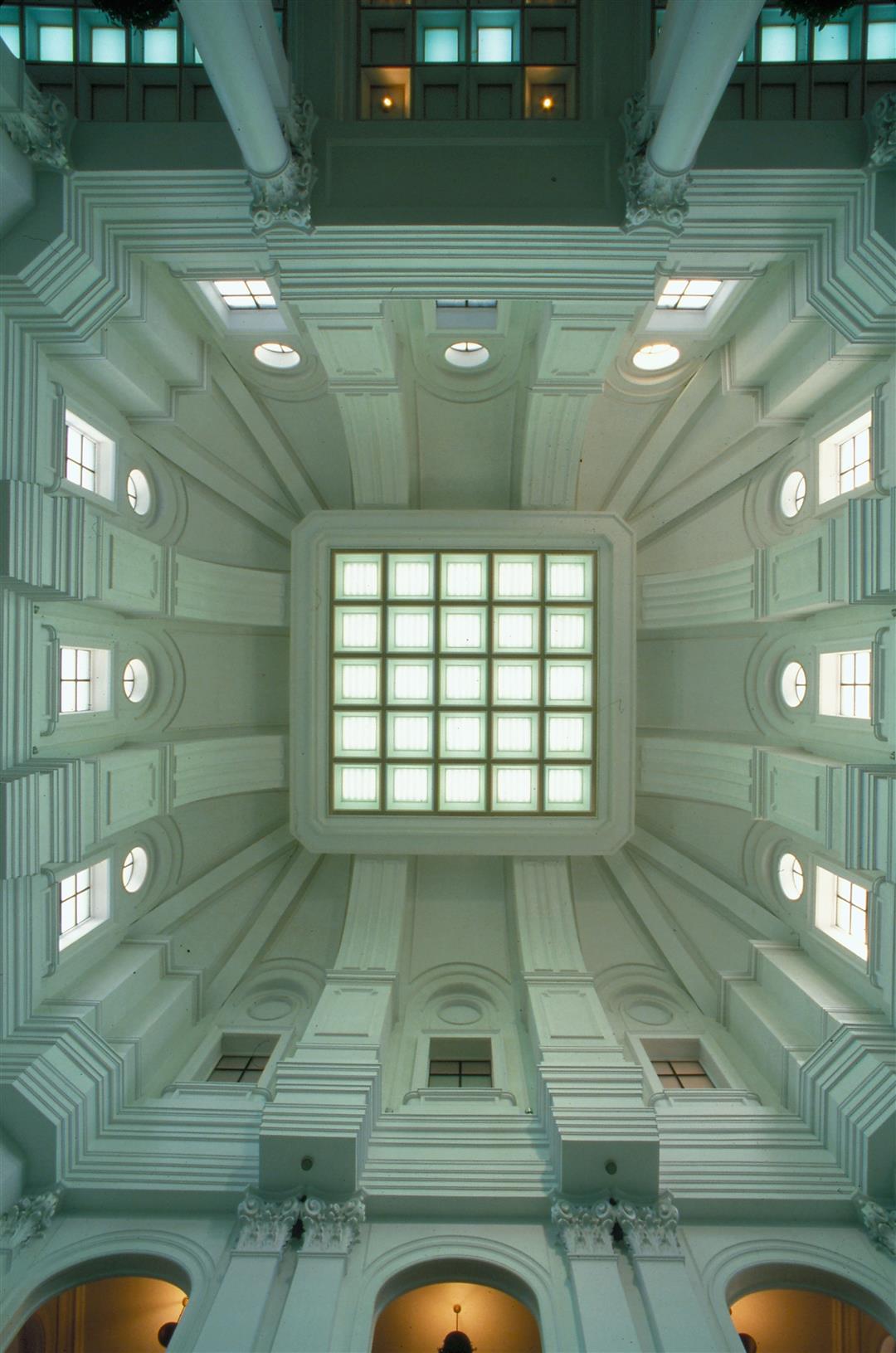
The ceiling of the entrance hall.
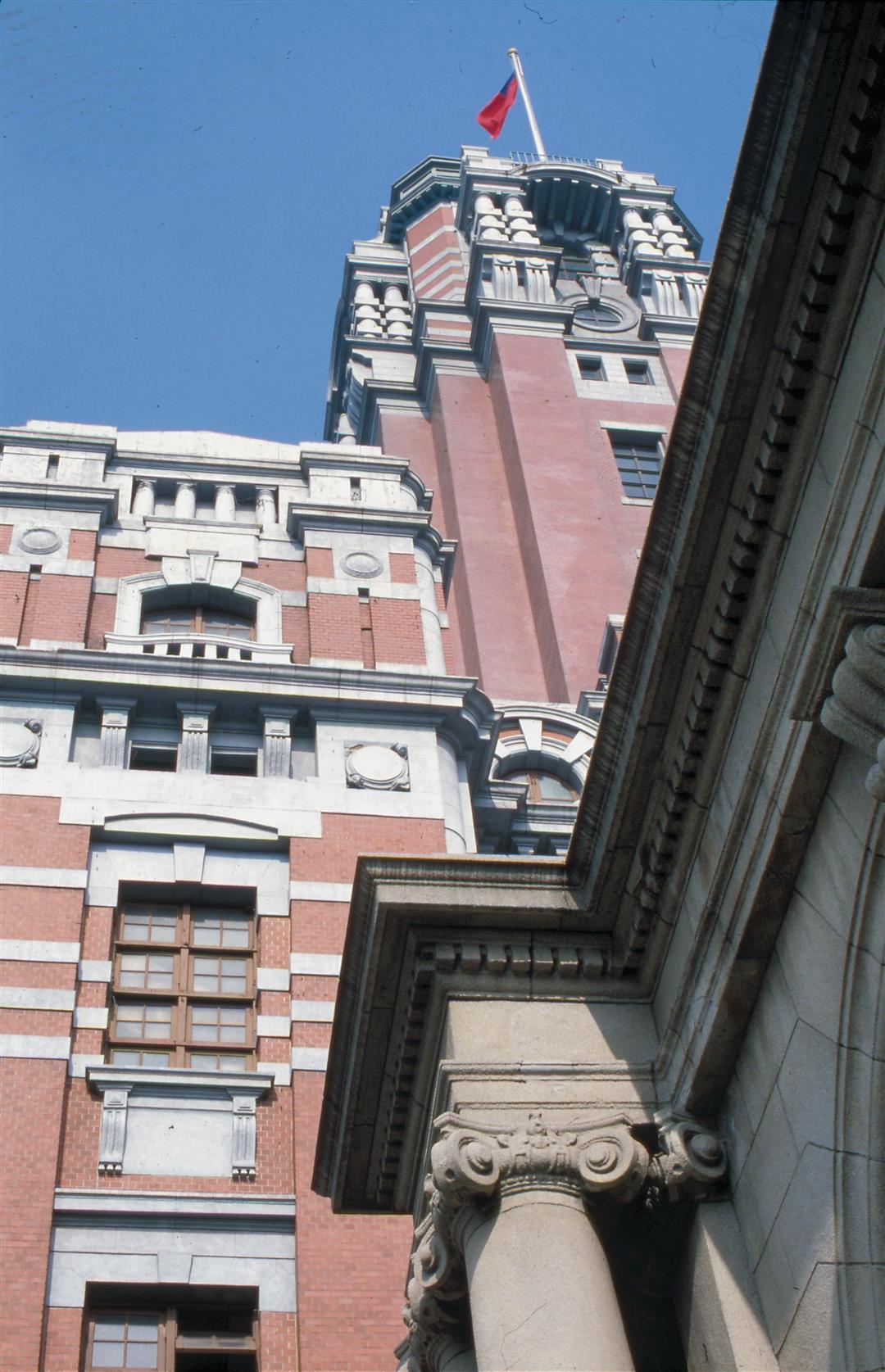
The main tower seen from the main entrance.
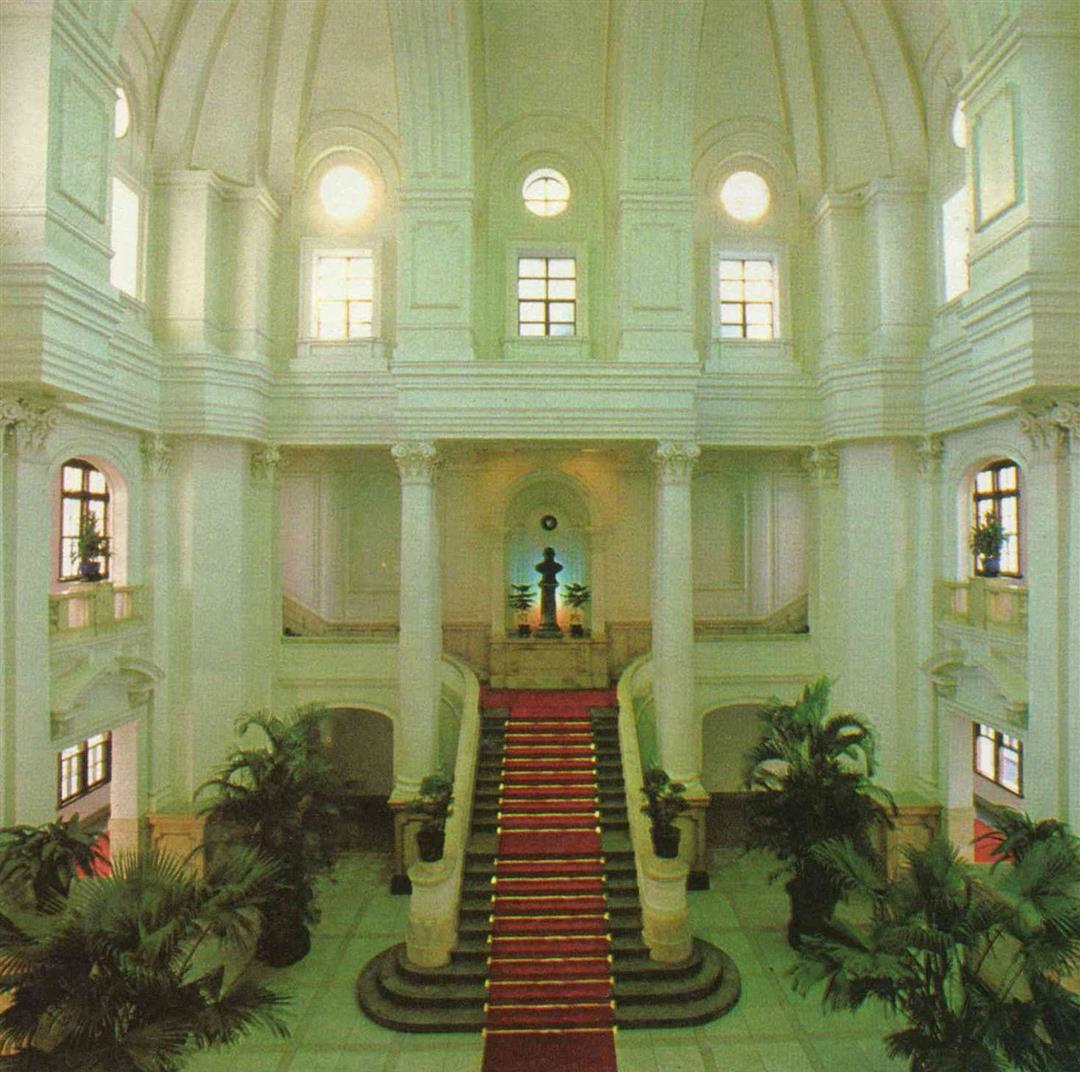
A bust of Sun Yat-sen is set in the niche at the top of the stairs.

Important government meetings are held in the Chiehshou Hall.

Important government meetings are held in the Chiehshou Hall.
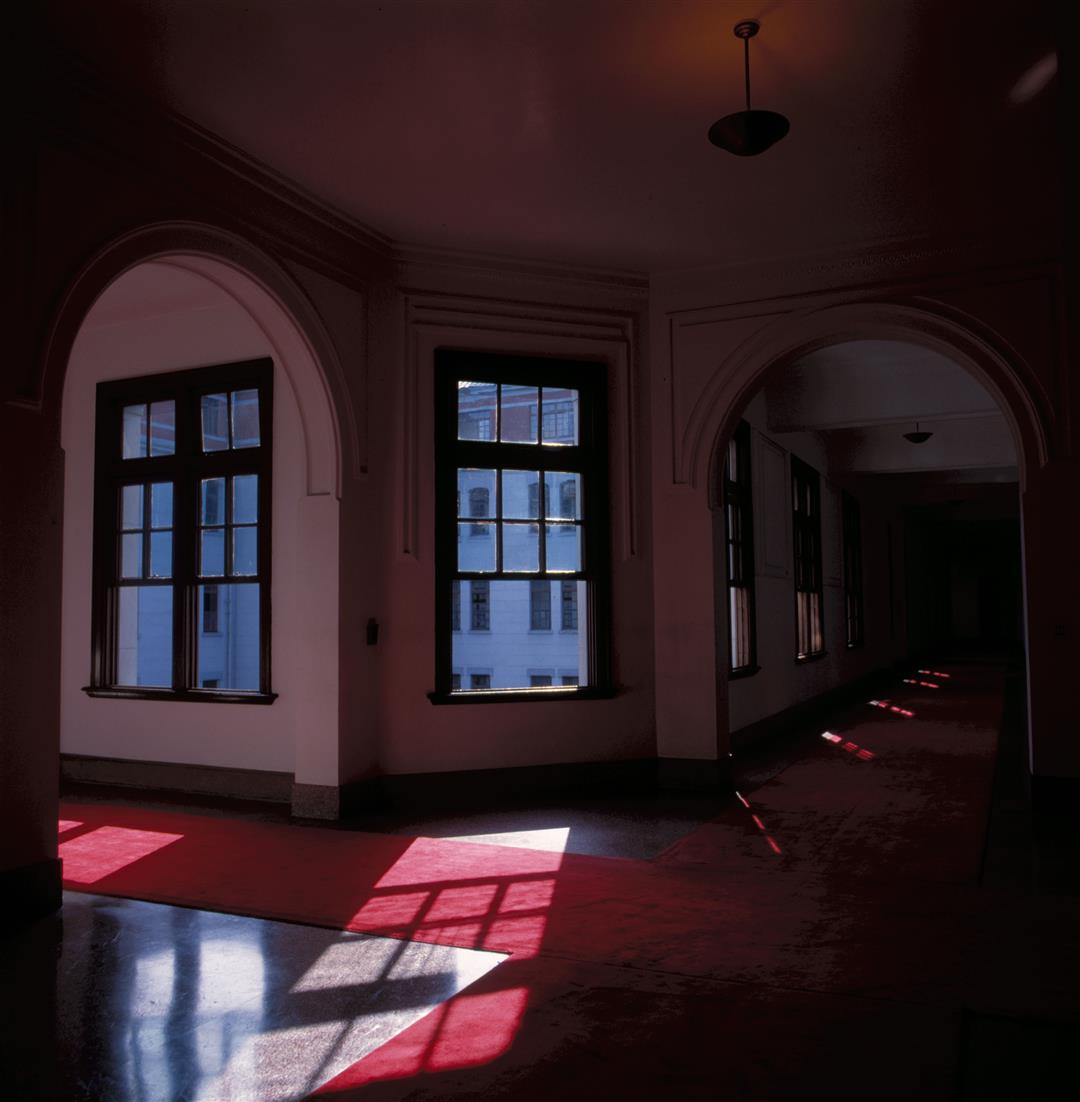
Soft lighting gives the halls a peaceful air.

Soft lighting gives the halls a peaceful air.
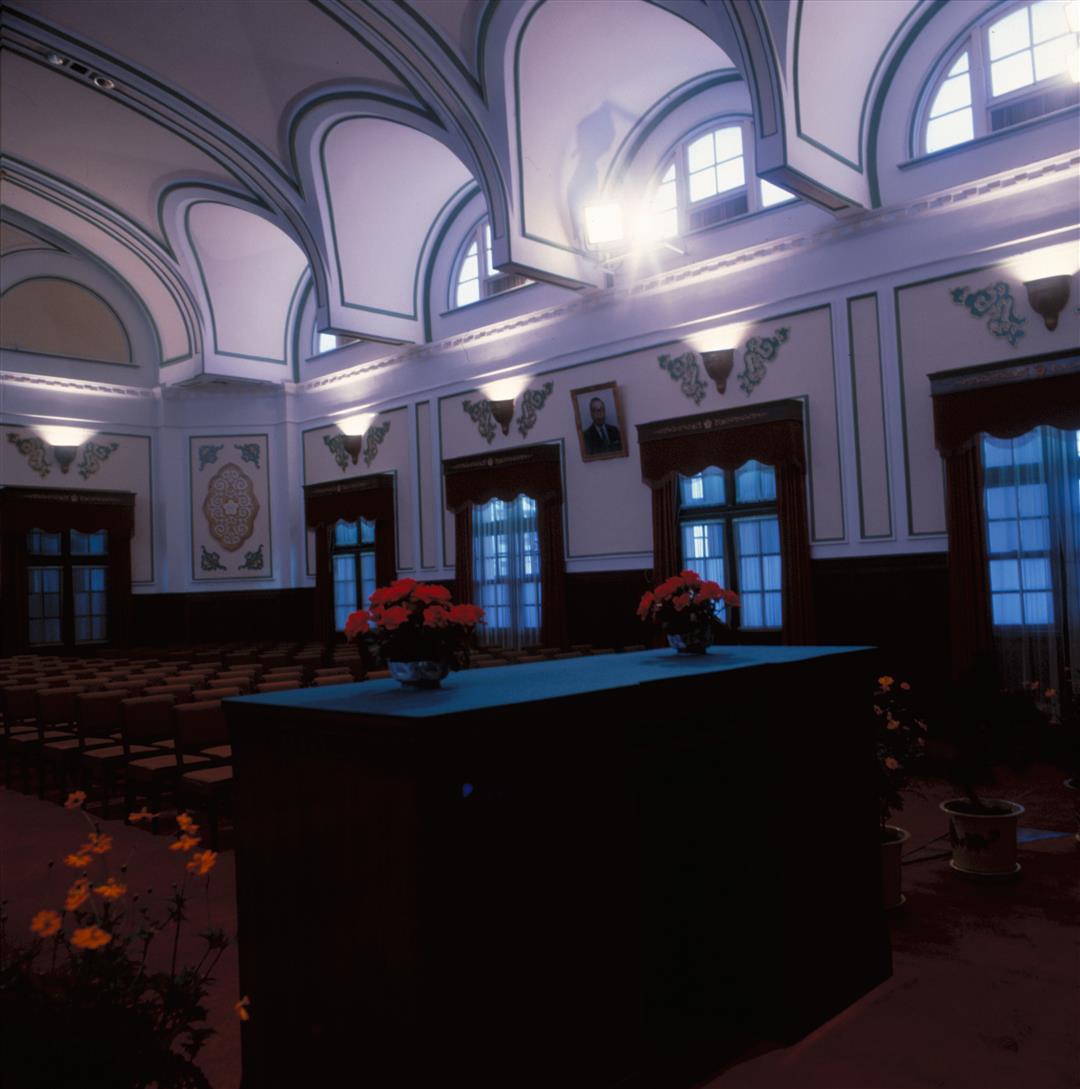
The lighting in the Chiehshou Hall has been specially designed to prevent eye fatigue.

President Chiang Ching-kuo in one of the reception rooms reading the newspaper.

The President works in this simple, austere office.
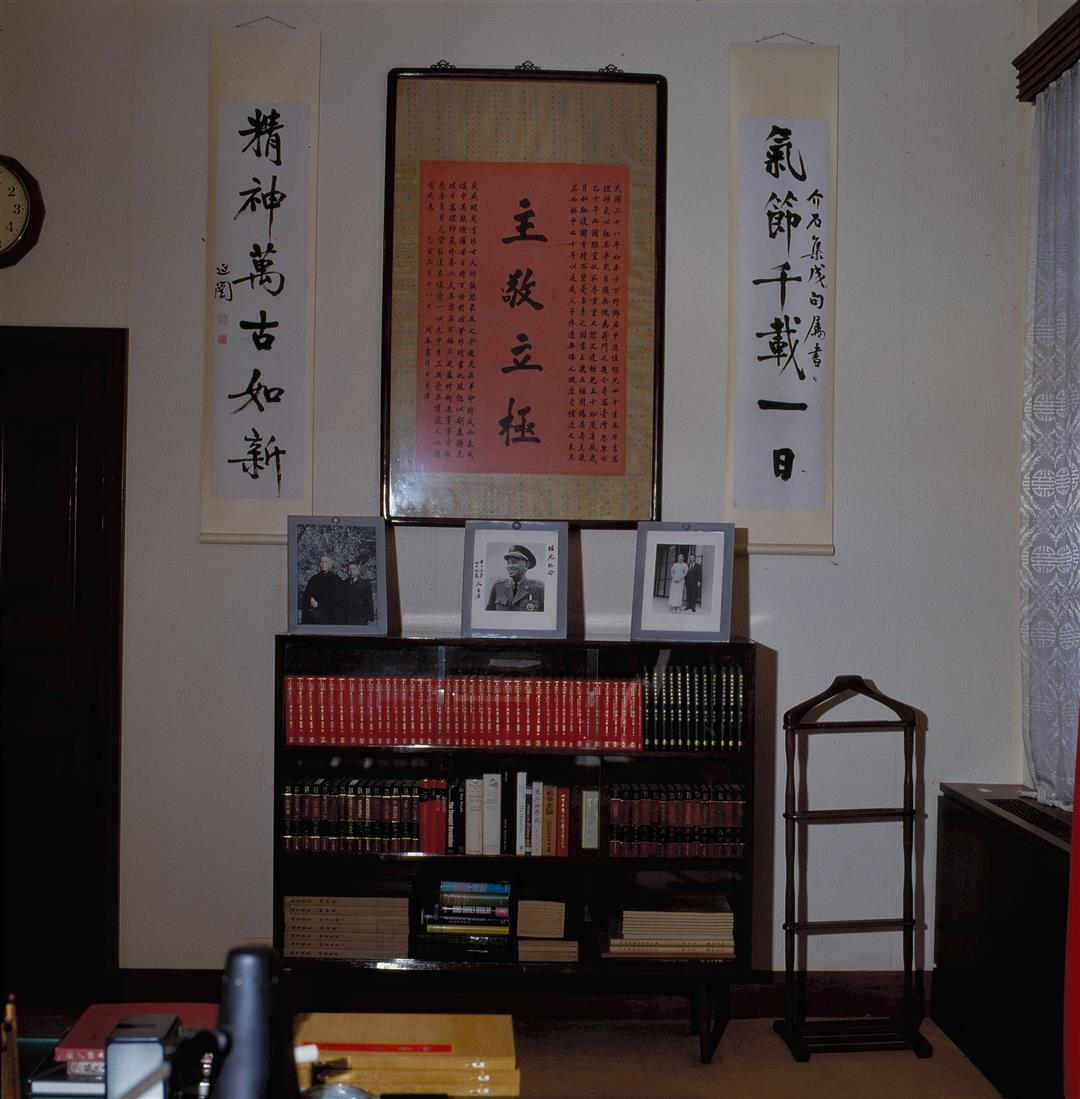
The late President Chiang Kai-shek presented Chiang Ching-kuo with the calligraphy in the center.
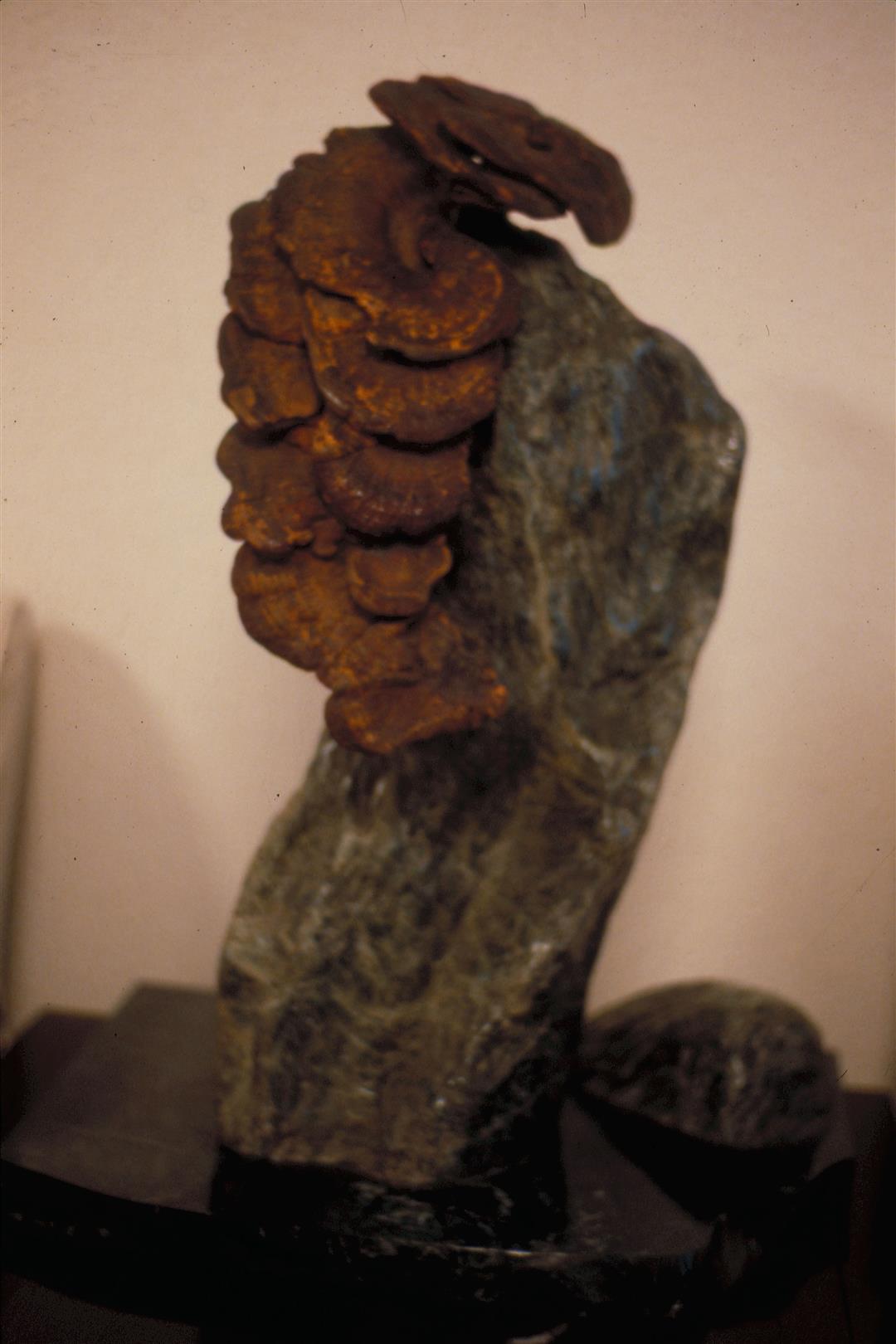
One of the many gifts the President has received from the people.
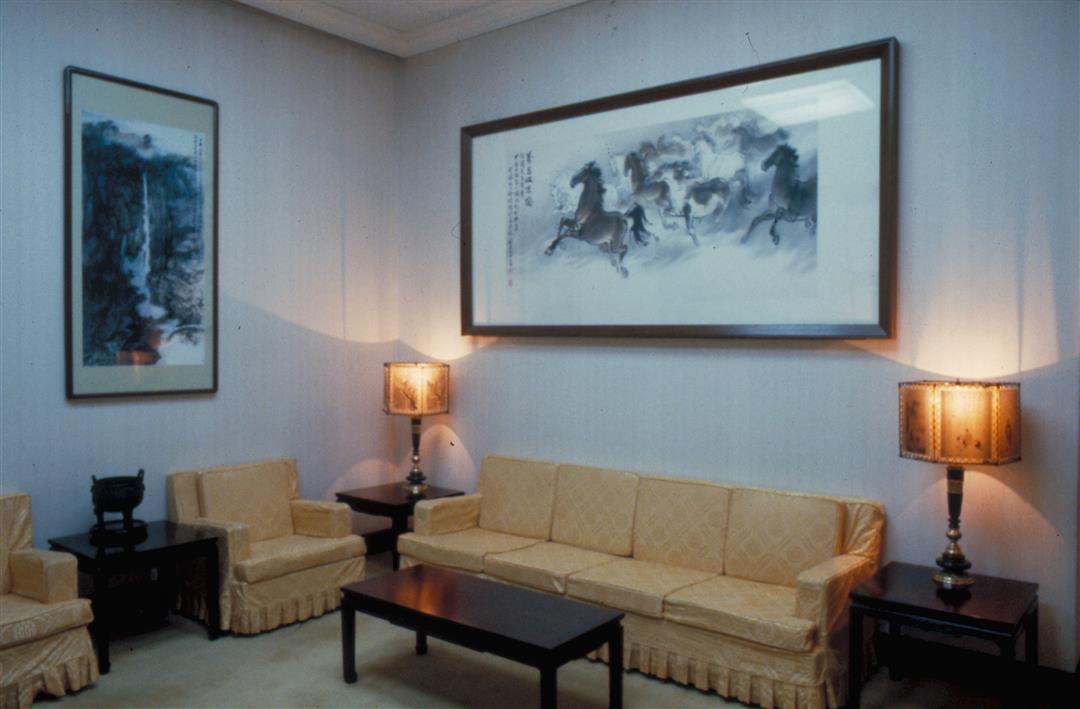
A waiting room adorned with paintings by two famous Chinese artists.

The large reception room.

The calligraphy hung by the doors was presented to Chiang Kai-shek by Sun Yat-sen. They are a national treasure.
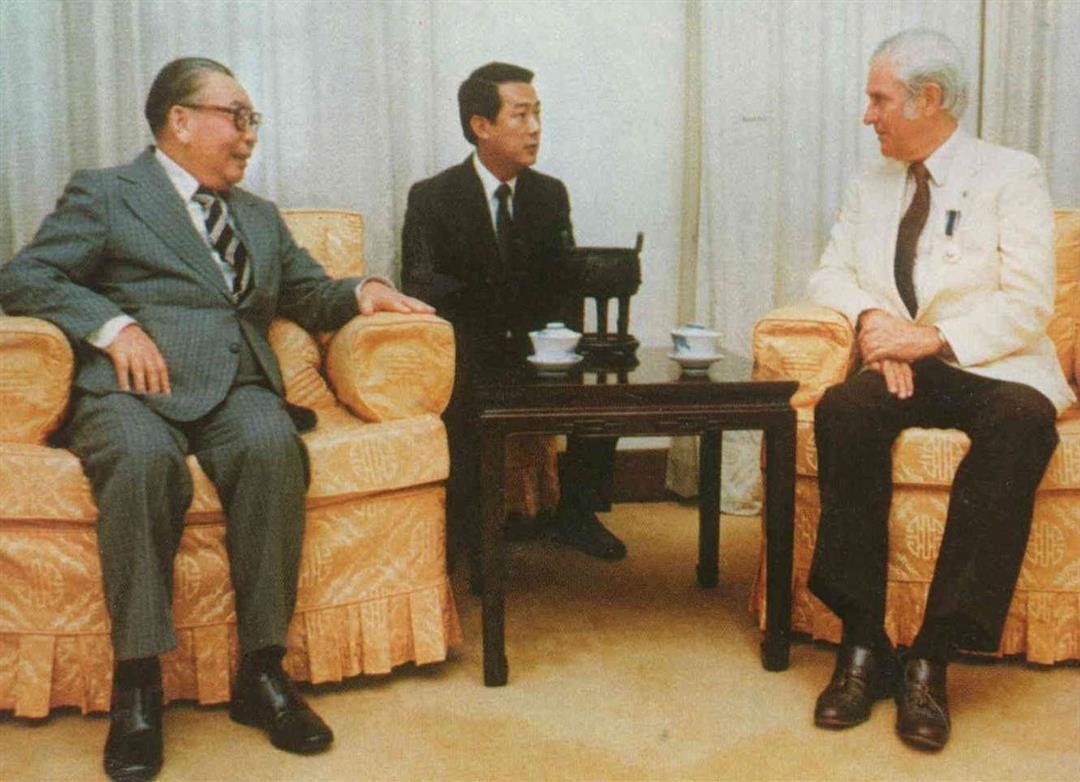
The President with a guest in the small reception room.

The President receiving representatives of commerce and industry.
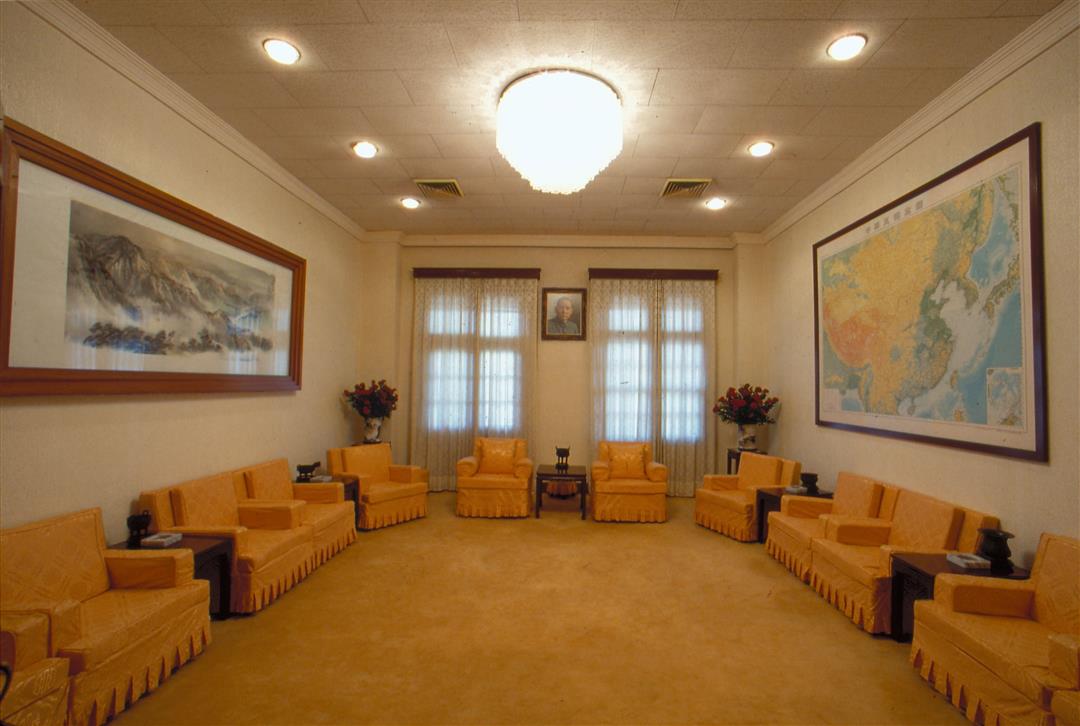
22 people can sit in this small reception room.
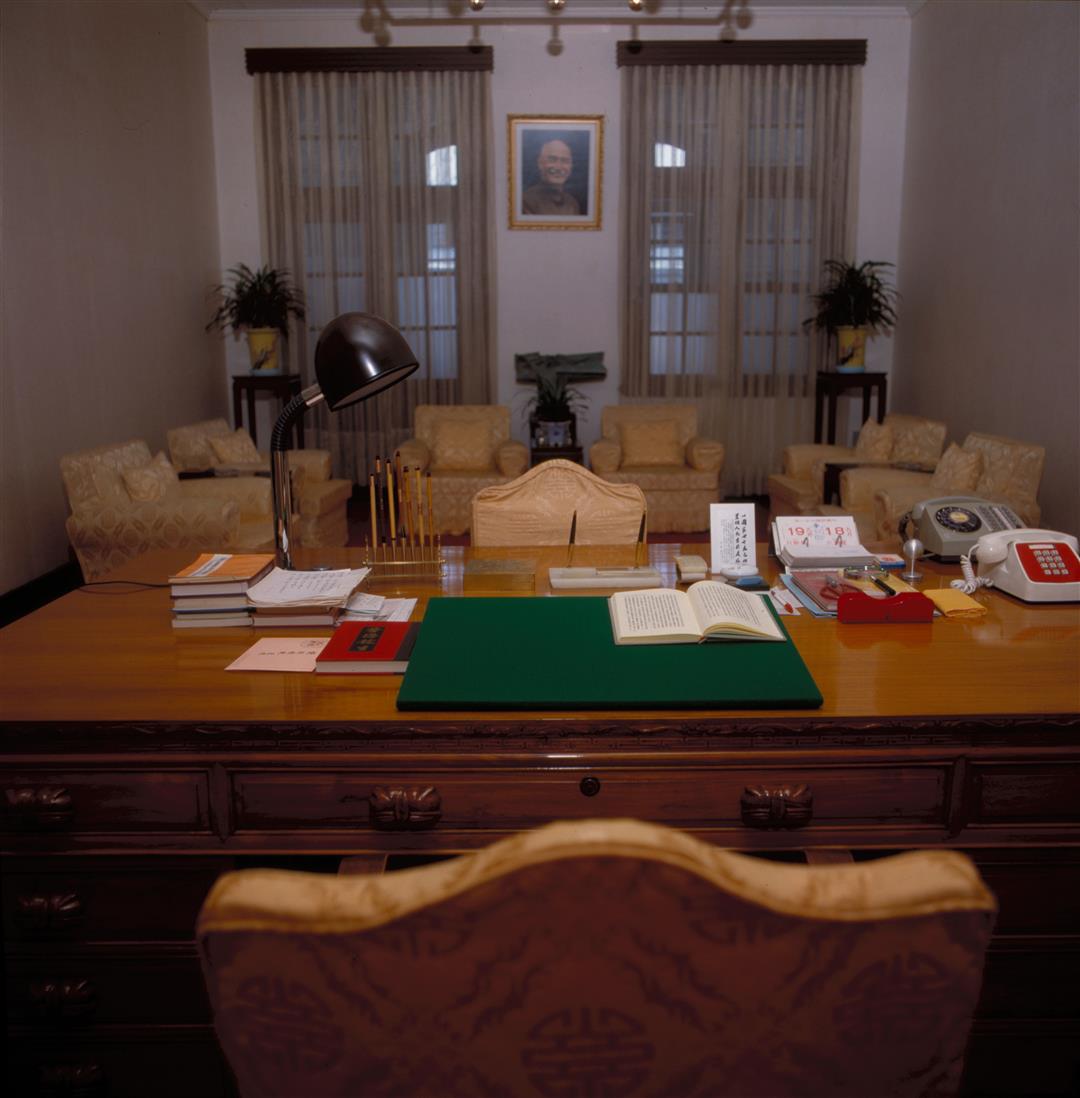
The Vice-president's office.

Vice-president Shieh Tung-min with guests.

This vase was a gift from a Korean friend.

The Vicepresidential reception room.
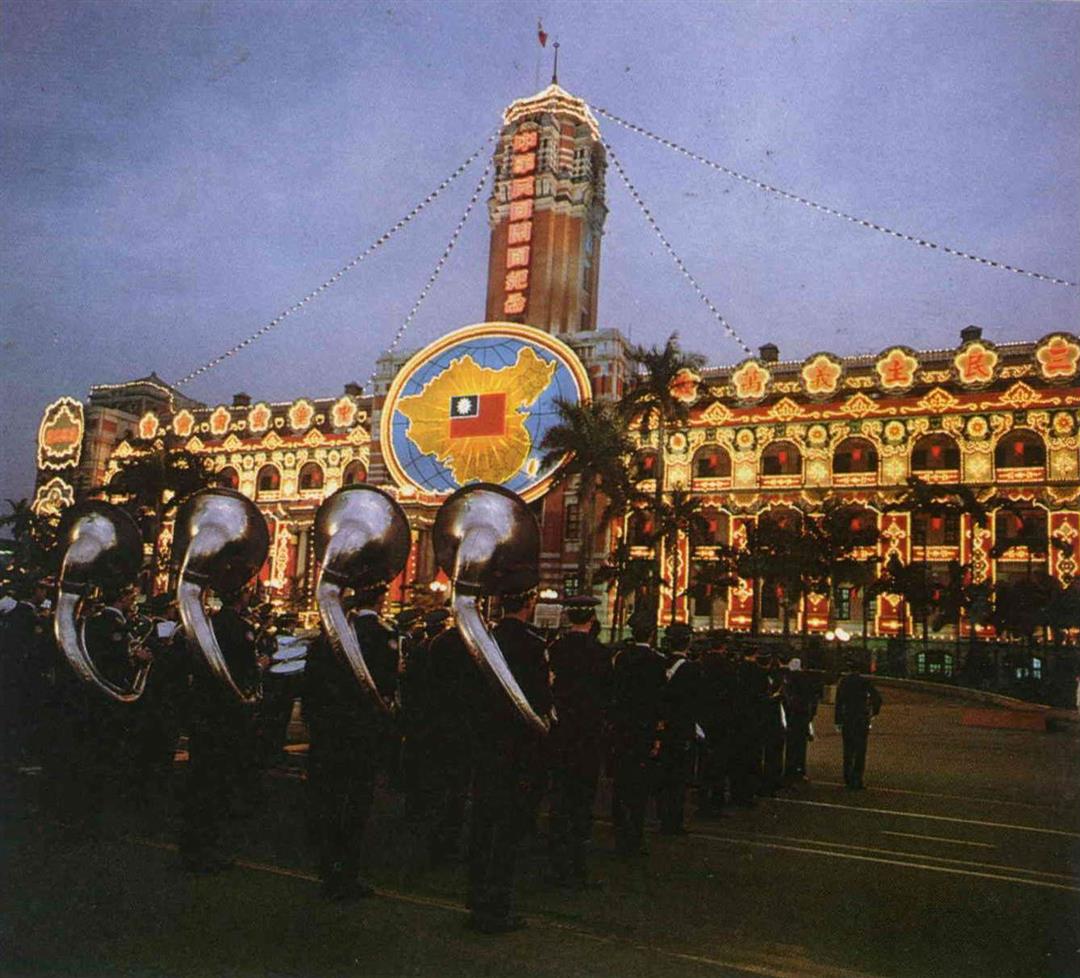
Flag raising festivities at New Year.
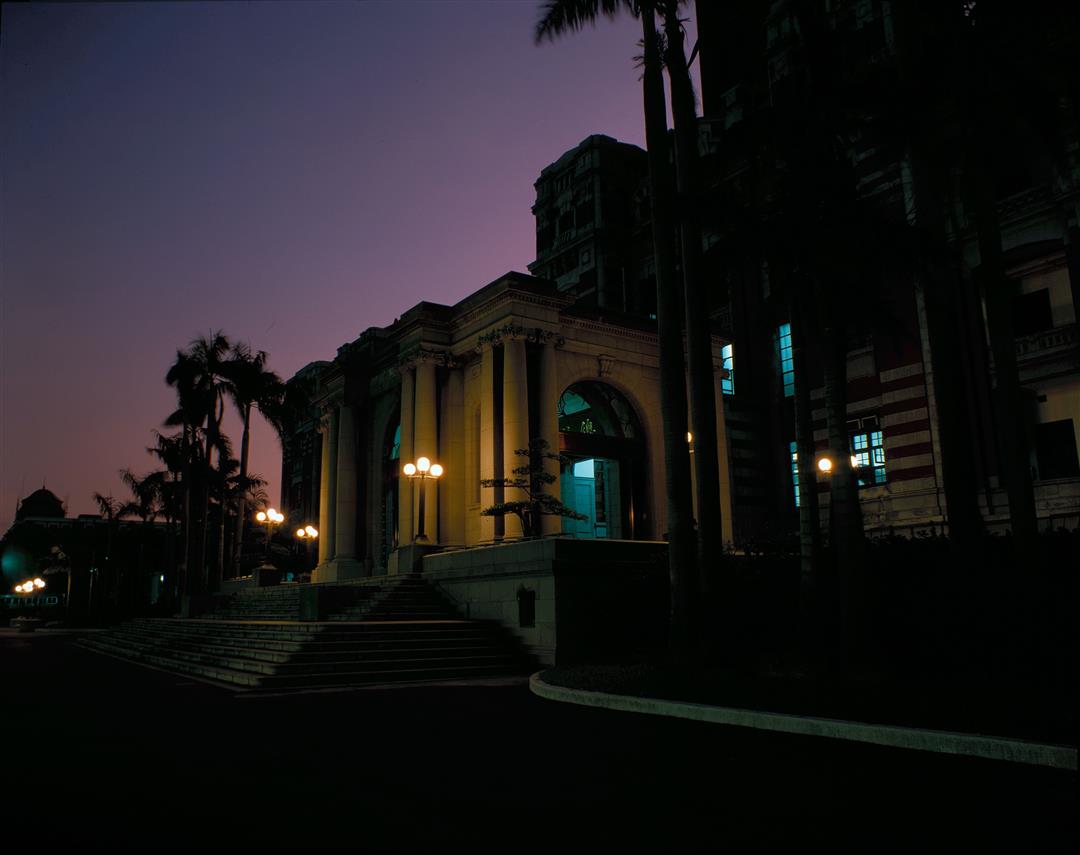
The Presidential Building at dusk.